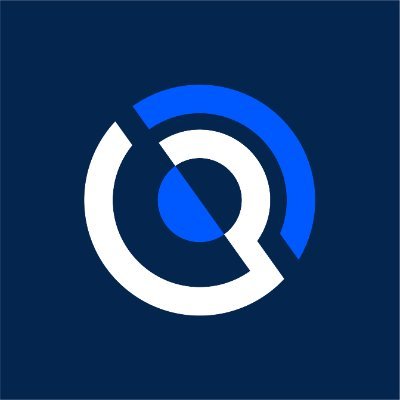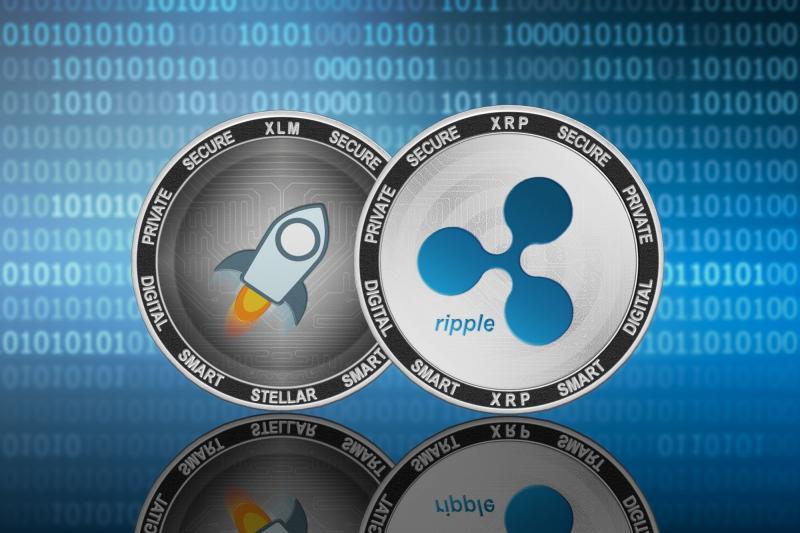Scroll junta-se aos L2s de 2024 em uma corrida para o fundo

A Scroll lançou sua rede principal em 17 de outubro de 2024, um avanço significativo para o projeto da camada 2. Ele se junta a uma lista de projetos L2 que visam melhorar a escalabilidade do Ethereum , embora com tecnologia competitiva zk-rollup.
A notícia do lançamento do token SCR foi recebida com entusiasmo inicial. No entanto, a Scroll considerou um desafio ganhar trac no mercado em comparação com projetos semelhantes.
Entre outras atualizações que os deixaram desapontados na época do lançamento aéreo, eles estavam especialmente preocupados com a porcentagem alocada para o pool de lançamento Binance . Ye Zhang, cofundador da rede Scroll, defendeu a decisão do projeto de favorecer Binance , dizendo que eles fizeram isso pelos benefícios de longo prazo.
Desde então, eles aprenderam da maneira mais difícil que o endosso Binance não garante o sucesso. O token Scroll caiu 23% desde o seu lançamento. Agora, eles só podem esperar que uma reversão de preços esteja a caminho, algo que nenhum outro L2 lançado este ano conseguiu.
L2s lançados em 2024 passaram por momentos difíceis
A Scroll tem enfrentado dificuldades, apesar do entusiasmo que gerou na fase de teste. No entanto, não é o único L2 que enfrenta dificuldades nestes mercados. Projetos como Taiko e Blast também caíram 40% e 65% desde o lançamento.
Tokens L2 lançados este ano
Alteração de preço desde o lançamento: $SCR -22%📉 $TAIKO -40%📉 $BLAST -65%📉 $MANTA -66% 📉 $MODE -80%📉 $ZK -41%📉 $STRK -82%📉
ROI estimado do investidor na última rodada:
(FDV para avaliação da última rodada) @Scroll_ZKP -48%📉 @Starknet -50%📉 @MantaNetwork 47%📈 pic.twitter.com/NFV9j88xPT
— 0xScope (@ScopeProtocol) 24 de outubro de 2024
Knowing how fast the crypto industry moves on, making the news means they have managed to be relevant.
Scroll’s liquidity and transaction volumes are growing, but not fast enough. So far, the newest kid on the block has not been able to challenge the older L2s, like Polygon zkEVM in terms of bridge volumes from Ethereum.
Scroll is still playing catch-up in the aspects of attracting developer interest because others have more mature ecosystems, partnerships, and user incentives.
No doubt, Scroll’s mainnet is technically promising. However, now that the airdrop is done and there are no more scheduled incentives, many wonder how the L2 will fare.
If it does not do anything differently, however, it will probably continue to trend toward the same struggles that other L2s that launched this year have faced.
Some of the challenges Scroll faces
Scroll is a remarkable attempt at scaling the Ethereum ecosystem. The technology aims to enhance Ethereum’s transaction throughput and lower costs, but it has not gained nearly enough traction
While Scroll saw the participation of many users during its test phase, recording millions of transactions and attracting significant developer interest, its mainnet performance has found it difficult to replicate similar success. Transaction volumes and bridging activity have been lower than expected
One obvious problem is that Scroll is trying to stand out in a crowded space already dominated by other zkEVM-based solutions like Polygon and Matter Labs. Differentiating itself from the competition with the head-starts they already have will not be easy.
To be clear, some funds have been bridged to the Scroll network. However, not nearly as much as those that have gone into other zkEVMs like Polygon.
Another reason the Scroll mainnet is not doing as well as anticipated is that the broader market adoption of zk-rollup solutions has been at a crawl. Furthermore, the network’s reliance on Ethereum’s ecosystem may also affect its growth pace, especially because it is not immune to the occasional Ethereum congestion issues.
Compared to similar launches, Scroll’s adoption definitely seems more staggered, with Polygon’s zkEVM and Matter Labs’ zkSync enjoying more immediate usage post-launch.
However, if anyone is equipped to weather the storm, it is Scroll. The project has substantial funding, a signal of investors’ confidence in its long-term potential.
Ethereum L2s are in serious competition
Scroll is one of the latest blockchains to launch on a layer 2 scaling ecosystem, joining a list with names like Polygon zkEVM, zkSync Era, and Starknet. All three L2 solutions also aim to enhance Ethereum’s scalability via zk-rollups. However, how do they compare with Scroll?
Polygon zkEVM
Launched March 27, 2023, Polygon’s zkEVM uses zk-rollups to scale Ethereum. It enjoys the support of an established network (Polygon) and a strong user base.
Since its launch, it has witnessed steady growth. Its mainnet alpha has recorded consistent transaction volumes and developer activity. Its transaction throughput also outpaces Scroll’s post-launch performance.
The performance discrepancies may be due to various reasons, including better market recognition and stronger integration with decentralized finance.
zkSync Era
zkSync Era, yet another zk-rollup layer 2, launched on March 24, 2023. It also enjoyed a faster adoption curve compared to Scroll. In its first few months alone, zkSync Era registered strong transaction volumes and a thriving developer community.
zkSync was one of the earliest projects to deliver a zkEVM solution, giving it an edge in attracting early adopters. One of the differentiating factors was its emphasis on liquidity mining programs and partnerships with DeFi protocols. That meant that post-launch, users still had legitimate reasons to use the product rather than merely farming it for the airdrop.
Starknet
Starknet is powered by zk-STARKs, which is another form of zk-technology. It has also seen steady growth and broader adoption among developers, even though it operates differently from the zkEVM solutions like Scroll and zkSync.
Starknet has become a top contender in the zk-rollup space because of its focus on developer tooling and strong ecosystem partnerships. However, it experienced disaster post-launch as it faced scalability issues.
Fortunately, it quickly rebounded thanks to its focus on developer support and upgrades.
Scroll could actually see Starknet’s story as a reason to be optimistic in the long term.







